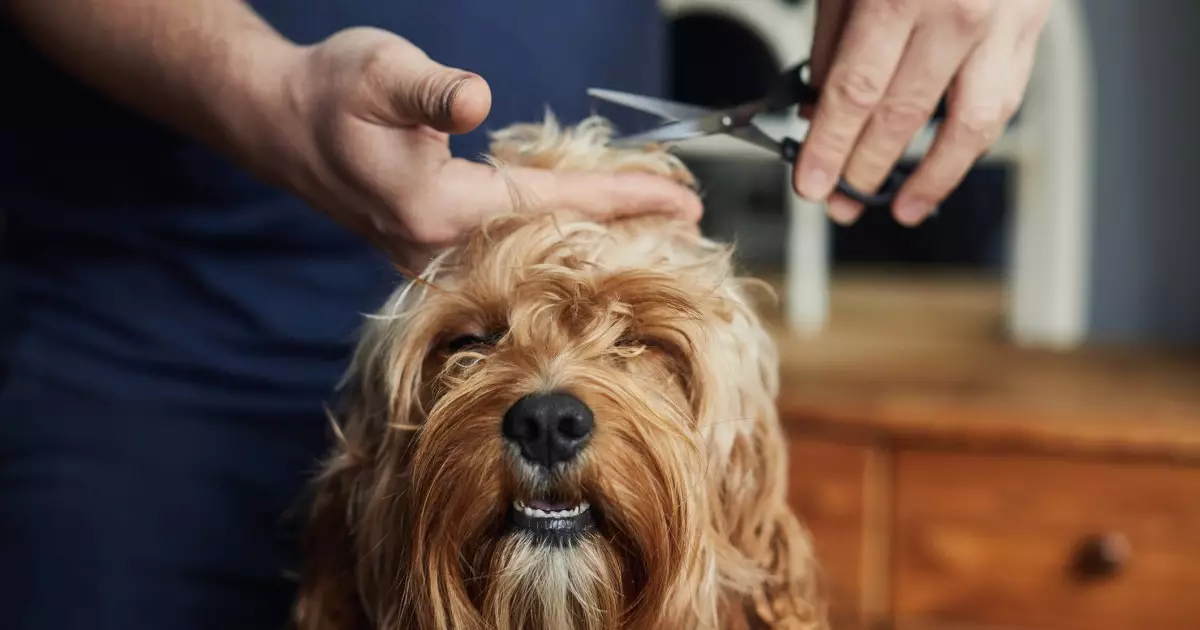Dogs anchor our lives with joy and companionship, yet maintaining their health and hygiene is a responsibility that cannot be overlooked. Regular grooming plays a pivotal role in ensuring your furry friend’s coat and skin stay healthy. This article explores effective grooming techniques that dog owners can utilize at home, making the task enjoyable for both owner and pet.
While dogs can display their natural grooming behaviors—rolling on rugs or licking their coats—these self-directed efforts often fall short of keeping them thoroughly clean. Just like we might struggle with a DIY haircut, dogs can benefit significantly from our help in grooming. It’s essential for dog parents to realize that regular grooming isn’t just a luxury; it’s a necessity. Ignoring this need could lead to skin irritations, matting, or even infections.
Grooming your dog at home can save time and money, and it also strengthens the bond between you and your pet. Creating a calm and positive grooming environment will pave the way for a successful experience, transforming what can be a daunting task into a bonding moment.
The first step to effective grooming is timing. Choose moments when your dog is peaceful, perhaps after a long walk or play session. This strategy is pivotal in creating a tranquil atmosphere, making the grooming experience feel less daunting for your pet. Start with short grooming sessions of about 5 to 10 minutes. Gradually increase the duration as both you and your dog become accustomed to the grooming process.
Be proactive in helping your dog feel comfortable. Engage in petting and gentle touching around sensitive areas—like the tail, ears, and paws—prior to any grooming activities. This also gives your pet the chance to acclimate to the sensation of being handled, making them less sensitive during the actual grooming session. Consistent praise and rewards, such as treats, serve to reinforce positive behaviors, allowing your dog to associate grooming with a pleasurable experience.
Understanding the specific grooming needs of your dog’s coat type is essential. Short-haired breeds, such as Beagles or Dachshunds, typically require less frequent grooming compared to long-haired breeds like the Afghan Hound or Cocker Spaniel. For example, smooth-coated dogs can benefit from a gentle rubber or plastic bristle brush to effectively remove dirt and loose hair. In contrast, long-haired dogs may necessitate daily brushing to avoid tangles and mats.
Additionally, determining the correct tools is crucial. Slicker brushes can tackle tangled or matted hair efficiently. For thick or dense coats, a grooming rake can help manage excess fur. Always remember to check for specific tools recommended based on your dog’s breed and coat type to ensure the best results.
Grooming isn’t limited to brushing; bathing is also a fundamental aspect of maintaining your dog’s cleanliness. Most veterinarians recommend bathing your dog at least every three months, but this may vary based on their lifestyle and outdoor activity levels. Use a dog-friendly shampoo that is gentle on their skin and avoid getting water in their ears, eyes, or nose during bath time.
Before beginning the bath, brush your dog to remove any tangles or dead hair. Ensure the space is safe by using a non-slip mat in the tub. Lukewarm water is ideal, with a handheld showerhead being the perfect tool for rinsing. Remember, this can be a daunting experience for younger or more anxious dogs, so incorporating toys and treats can help redirect their attention and ease their anxiety.
Grooming also involves special attention to your dog’s nails and skin folds. Regular nail trims are crucial, and you should take care not to cut into the quick—this can be painful and lead to bleeding. It’s wise to keep styptic powder or another clotting agent handy in case of accidental nicks. If your dog has folds of skin, such as Bulldogs or Shar-Peis, ensure you clean between these areas regularly to prevent irritation and bacteria buildup.
For dogs prone to ear infections, cleaning their ears weekly is also essential. Use a vet-approved ear cleaning solution and avoid inserting anything deep into the ear canal, opting for gentle cleaning with a cotton ball instead. Routine assessments of your dog’s eyes and skin for any signs of irritation or infection are vital to their overall health.
Home grooming your dog can be a fulfilling task that enhances your bond and ensures your pet remains clean and healthy. By creating a calming environment, using appropriate tools, and maintaining consistent grooming routines, both you and your furry companion can enjoy this essential activity. Embrace home grooming and turn it into a delightful ritual that both you and your dog look forward to!

